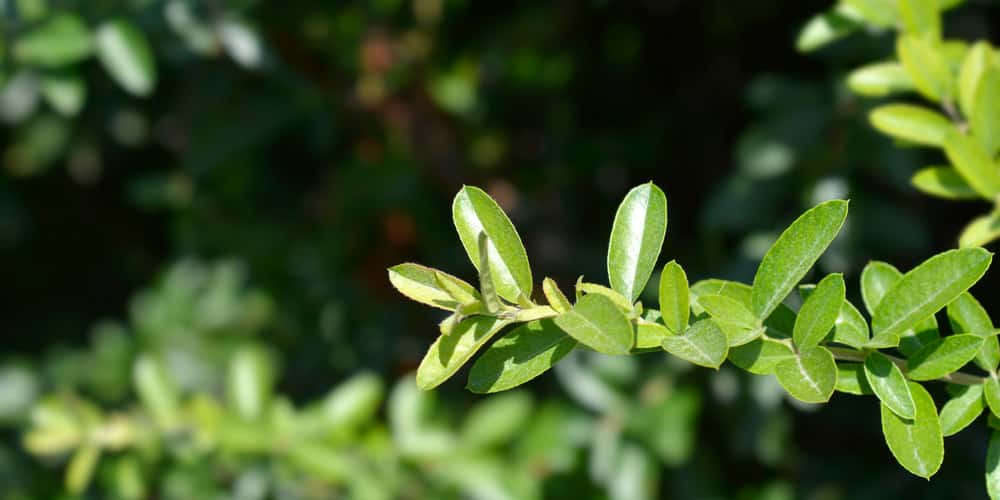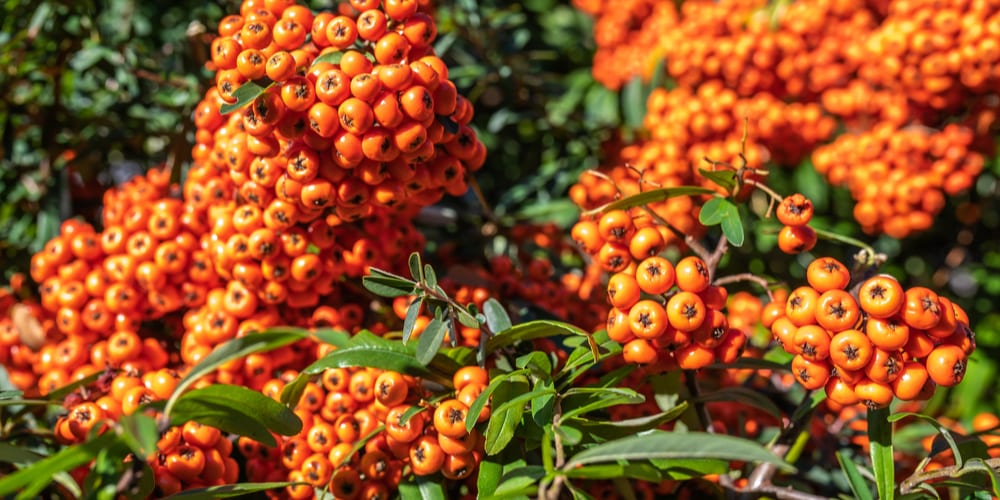Pyracantha is one of those ornamental shrubs you want to add to your garden to enhance its beauty. One of the most striking characteristics of the plant is the bright red and orange berries that grow in eye-catching berries. But what if your pyracantha suddenly stops displaying fruits? What does that mean, and what can you do about it? You have landed in the right place to clear all of your doubts! This article will answer the question, ‘why doesn’t my pyracantha have berries?’
Why Doesn’t My Pyracantha Have Berries?
Inadequate Pruning
One of the most common reasons for the halted berry production is inadequate pruning. While cutting your shrub might help keep it in shape, you should be careful at doing so at the right time of the year.
Indeed, pyracantha flowers over one-year-old shoots, so cutting buds off might prevent new growth. The best time to prune your plant would be in the spring, after blooming, to reduce the harm to future berries.
Ensure you cut old branches that do not have any buds on them. You can also prune in the late summer after the berries show up. Don’t forget to wear protective gloves to avoid injuries: pyracanthas have sharp thorns! Also, use sterile scissors to limit the spread of diseases.
Lack of Pollination
If you haven’t pruned your plants but do not see any berries on them, another reason might be the lack of pollination. That might happen during windy or wet springs. Indeed, such conditions might prevent beneficial insects such as bees and butterflies from visiting your shrubs.
If you have problems with pollination, consider adding suitable companion plants around your pyracanthas. Examples include euphorbias and Mexican orange blossoms. However, you can pick other flowers that better suit your local climate.
Pests or Diseases
While pyracantha resists most pests and diseases, it is susceptible to scale and scab. Both might halt fruit production and require you to take prompt action. Indeed, not taking adequate measures to remove them might cause severe damage to your shrub.
If you notice small bumps on your plant, it might be a symptom of scale. On the other hand, scab usually appears as black or brown spots on the leaves, fruits, and stems.
Consider adding insecticidal to control pests and maintain your plant healthy. Also, ensure you are meeting its growing requirements. Indeed, healthier shrubs tend to be less susceptible to diseases.
For instance, annual fertilization can help with boosting growth. Use a balanced and slow-release product for the best results. Do not use products high in nitrogen, as they might make your plant leggy and enhance foliage at the expense of flowers and fruits.
Inadequate growing Conditions
Don’t forget to plant your pyracantha in well-draining soil. Water it thoroughly once per week (or more during the hot months of the summer) but avoid overdoing it. Too much moisture might cause root rotting and attract fungal infections. Also, place your shrub in a sunny location: inadequate lighting might stop flower production.
Harsh frost might also prevent your pyracantha from producing berries. Consider protecting your plants over the winter: keep an eye on your local weather forecast to know what to expect.

